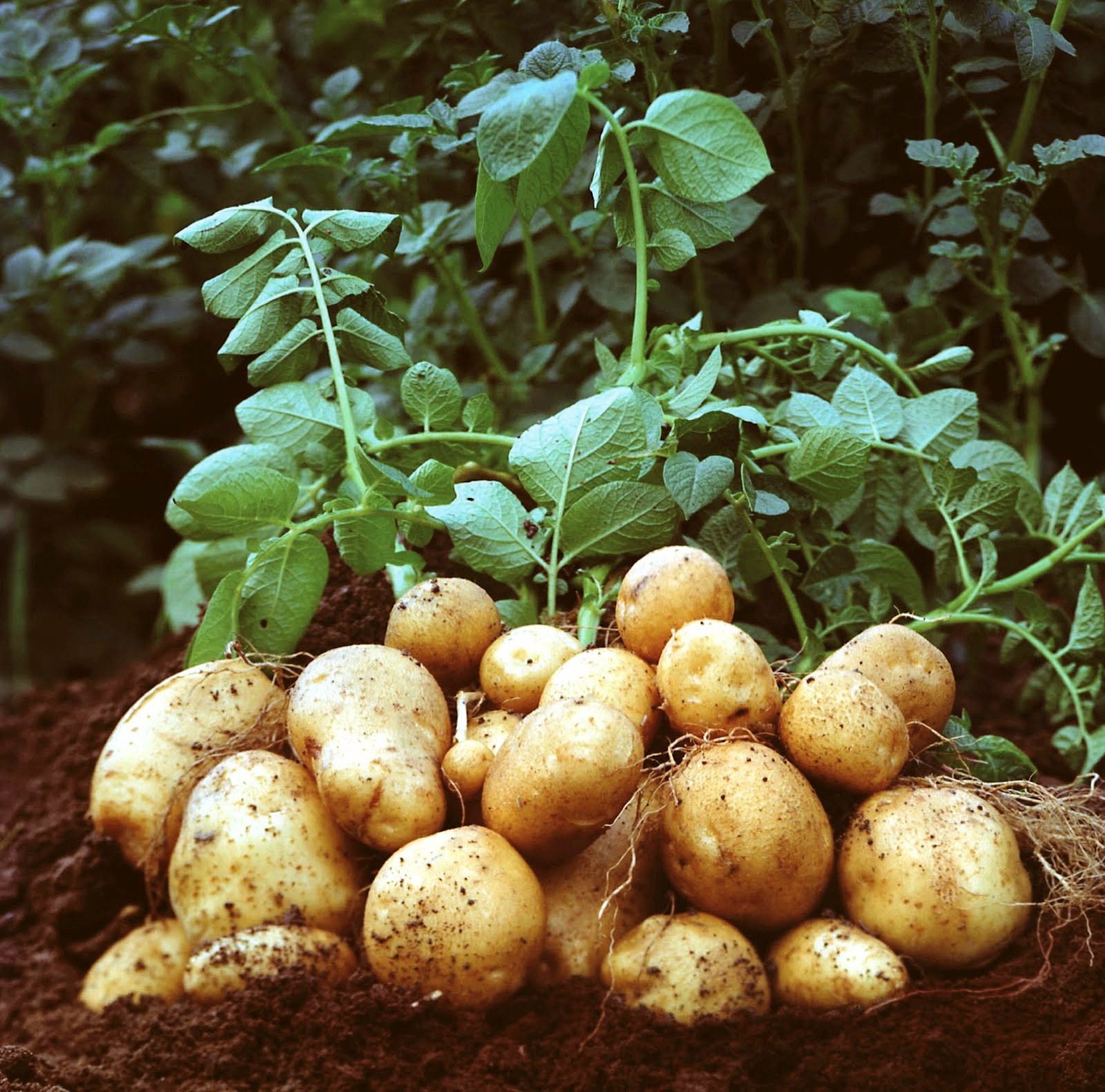The economy of developing countries, Kenya included, is still based on agriculture. Potato is one of the crops contributing immensely to Kenya’s agricultural sub-sector. Potatoes are processed into a variety of products such as chips, fries, mashed potatoes and flakes which results in a great amount of peels some of which go to waste. Industrial processing generates between 70 and 140 thousand tons of peels worldwide annually. The wastes from potato processing are mainly potato skins, starch and inert material. Peeling is a major unit operation in the processing of potato.
Besides the amount of waste peeling method also affects the composition of extracted starch content of potato peel waste. Potato peel waste represents a severe disposal problem for the potato industry since wet peels will quickly spoil due to microbial activities.
The failure or inability to salvage and re-use such materials economically results in unnecessary waste and depletion of natural resources. Hence there is a need to encourage the bioconversion of this waste peels into useful products such as starch since they contain a considerable amount of starch. The problem in the extraction of starch from peel waste is that very low yield depending on methods of extraction. The objective of the current study was to determine the yield and quality characteristics of waste potato peel starch as influenced by the extraction method.
More information is available on The First Africa-wide Postharvest Food Loss Reduction Conference and Exhibition Research Projects

Investigating the Yield and Quality Characteristicsof Waste Potato Peel



